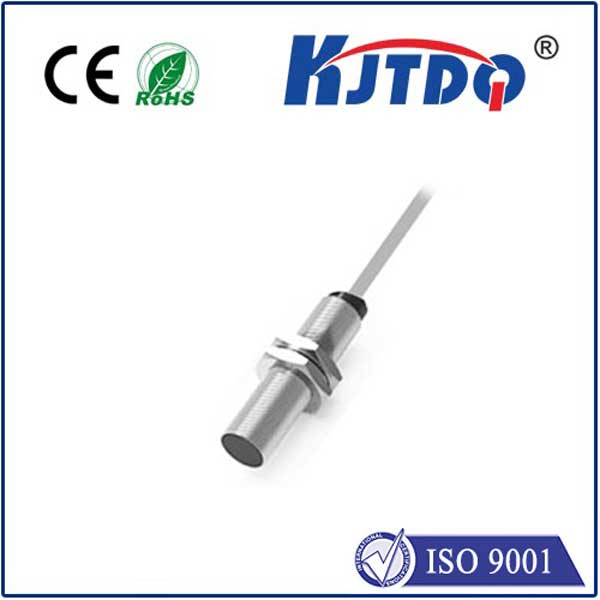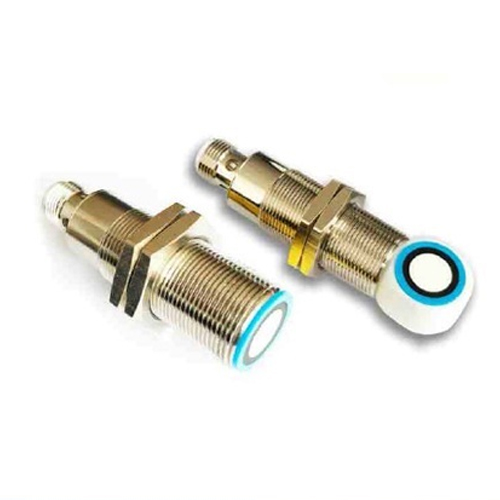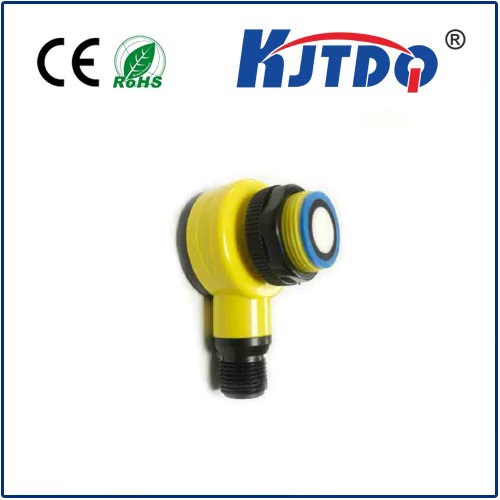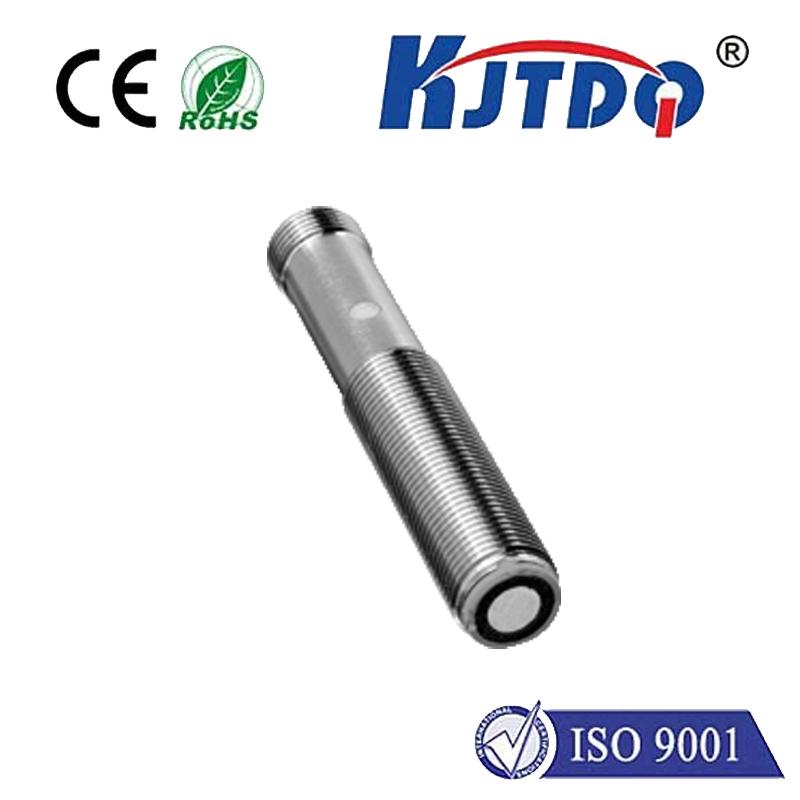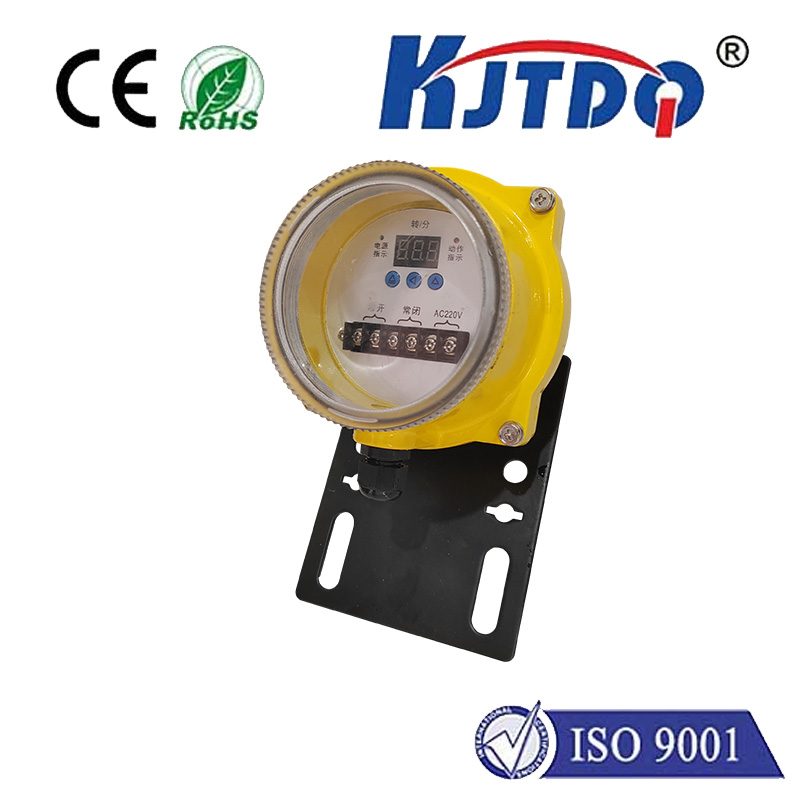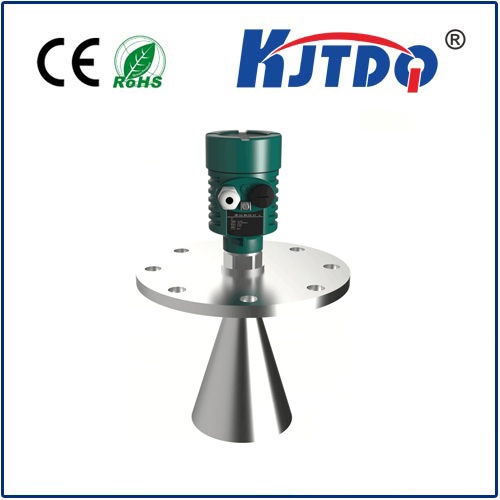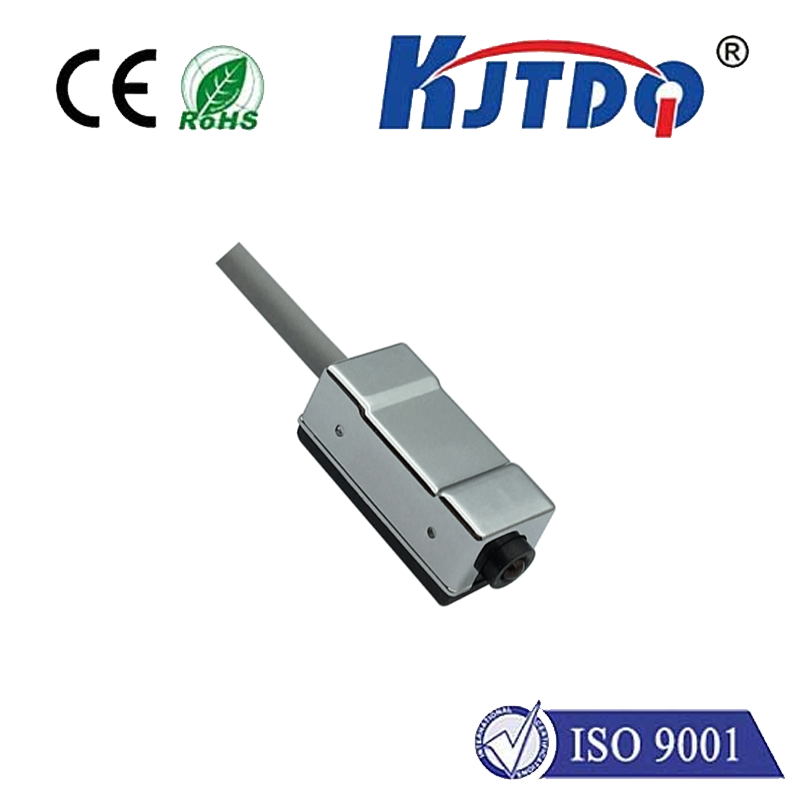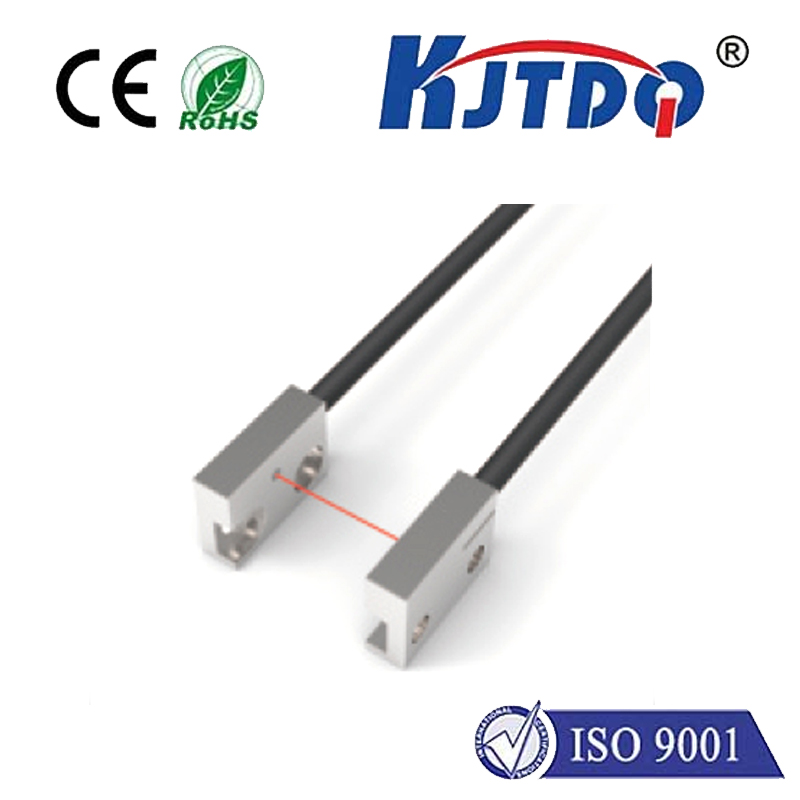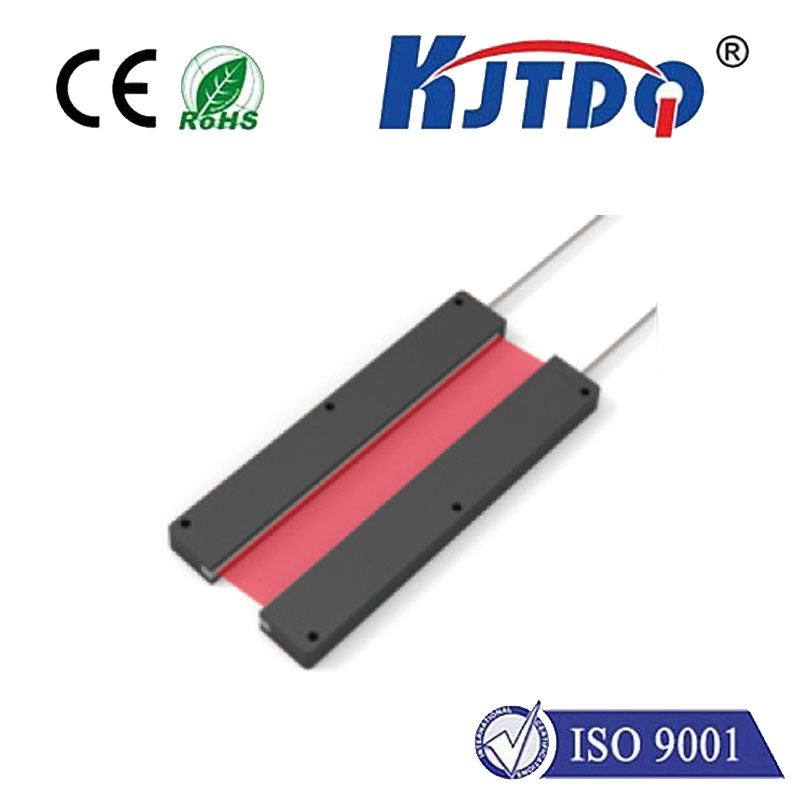BES03NZ proximity sensor
- time:2025-10-17 00:00:15
- Click:0
Unlock Efficiency: The Power of the BES03NZ Industrial Proximity Sensor
In the intricate ballet of modern manufacturing and automation, unseen heroes work tirelessly to ensure precision, safety, and relentless productivity. Among these silent sentinels are proximity sensors, the fundamental eyes of machinery, detecting presence without physical contact. And when reliability, durability, and efficient integration are non-negotiable, specific models rise to the top. Enter the BES03NZ inductive proximity sensor – a compact powerhouse designed to excel in demanding industrial environments. Understanding its capabilities unlocks significant potential for optimizing processes across diverse sectors.
What is the BES03NZ Proximity Sensor?
At its core, the BES03NZ is an inductive proximity sensor, a specific model within Balluff’s extensive sensor portfolio. Inductive sensors operate on a simple yet robust principle: they generate an electromagnetic field. When a metallic object (their “target”) enters this field, it induces eddy currents within the target. The sensor detects this disturbance in its own electromagnetic field and triggers a switching signal – typically opening or closing an electrical circuit. This allows the sensor to detect the presence, absence, or position of metal objects reliably, quickly, and without any physical contact.
The “BES” prefix often denotes a standard cylindrical housing style within Balluff’s nomenclature. The “03” typically indicates a specific diameter – in this case, M12 (12mm) – a widely adopted industry standard known for its balance between compact size and robust performance. The “NZ” suffix can often relate to specific electrical characteristics or connector types, commonly indicating a 3-wire configuration (usually requiring DC power, a signal output, and ground) and frequently featuring an NPN normally open (NO) transistor output. This configuration is extremely common and compatible with a vast array of PLCs (Programmable Logic Controllers) and control systems globally.

Key Features and Advantages Driving Industrial Adoption
The BES03NZ proximity sensor isn’t just another component; it’s engineered for performance in challenging settings. Here’s what makes it a preferred choice:
- Compact M12 Design: The M12 cylindrical housing offers significant advantages for space-constrained applications. Its small footprint allows for installation where larger sensors simply wouldn’t fit, enabling innovative machine design and tighter packaging of components.
- Robust Construction for Harsh Environments: Industrial settings are rarely clean and gentle. The BES03NZ is typically built with stainless steel housing options, offering exceptional resistance to corrosion, impacts, vibrations, and exposure to coolants or cutting fluids. Its high IP rating (often IP67 or higher) ensures reliable operation even when subjected to washdown procedures or dusty conditions.
- Flush Mounting Capability: Crucially, many variants of the BES03NZ offer flush or non-flush mounting options. Flush-mountable sensors (also called shielded) can be installed embedded in metal, allowing them to be mounted nearly flush with the surrounding surface. This is vital for protecting the sensor from physical damage in tight spaces or on moving parts.
- Reliable Sensing Performance: Engineered for accuracy, the BES03NZ provides a consistent switching distance, typically rated in millimeters (e.g., 2mm or 4mm, depending on the specific variant and target material). It boasts a high switching frequency, enabling it to detect rapidly moving targets like parts on a conveyor belt or rotating machinery components with high precision. Resistance to electromagnetic interference (EMI) ensures stable operation even in electrically noisy factory environments.
- LED Status Indicator: Most models feature a built-in LED that provides visual confirmation of the sensor’s operational state and switching activity. This is an invaluable tool for quick diagnostics, setup verification, and troubleshooting during commissioning or maintenance.
- Wide Operating Voltage Range: Supporting common industrial DC voltage ranges (e.g., 10-30V DC), the BES03NZ offers flexibility in integration with various power supplies and control systems, simplifying inventory management.
- Long Service Life: By design, inductive sensors like the BES03NZ have no moving mechanical parts subject to wear and tear. Their contactless operation translates into exceptional longevity and reduced maintenance requirements, minimizing downtime and total cost of ownership.
Where the BES03NZ Makes a Significant Impact: Key Applications
The combination of reliability, size, and ruggedness makes the inductive sensor BES03NZ incredibly versatile across numerous industrial automation scenarios:
- Position Verification: Confirming the presence of metal parts at critical stages in an assembly line, machining center, or packaging machine. Is that piston in place? Has the metal blank reached the stamping station? The BES03NZ provides the answer instantly.
- End-of-Travel Detection: Signaling when a cylinder (pneumatic or hydraulic) has fully extended or retracted. Accurate position feedback is essential for sequencing automated movements safely and efficiently.
- Conveyor Systems: Counting parts, detecting jams, or identifying the position of pallets/carriers on conveyor belts. Its fast response is key for high-speed sorting and handling.
- Machine Tooling: Monitoring tool position, workpiece clamping status, or tool breakage detection within CNC machines and machining centers, preventing costly damage. Exposure to coolant is no issue.
- Material Handling: Detecting the presence of metal bins, carts, or robotic end-effectors in automated guided vehicle (AGV) systems or transfer stations.
- Rotary Equipment: Monitoring the position of cams, gears, or other rotating metal components for speed or positional control.
- Level Detection: Sensing the presence or absence of metal objects in bins or hoppers (as an indicator, not for continuous level).
Why Choose a Sensor Like the BES03NZ Over Alternatives?
While other sensor technologies exist (capacitive, ultrasonic, photoelectric), inductive proximity sensors remain the gold standard for reliably detecting metallic objects in demanding industrial settings. Compared to mechanical limit switches, they offer wear-free operation and superior vibration resistance. Compared to photoelectric sensors, they are generally simpler to set up (no alignment needed), less affected by dust (within limits), and excel specifically in dirty, wet, or oily metal-rich environments where optical sensors might struggle. The M12 proximity sensor format, like the BES03NZ, strikes an ideal balance for countless applications.
Selecting and Implementing for Success
When deploying a BES03NZ inductive proximity sensor, consider these factors:
- Target Material: Inductive sensors detect ferrous metals (like iron, steel) best and at the longest range. Non-ferrous metals (aluminum, brass, copper) have a reduced sensing distance (often around 50-60% of the rated value). Always verify the target specifications against the sensor’s datasheet.
- Required Sensing Distance: Select the model variant (e.g., BES03NZ-*** with specific suffix) that provides the necessary operating distance for your application, factoring in the target material.
- Mounting Constraints: Determine if flush mounting capability is required (for installation near metal surfaces) or if non-flush (unshielded) mounting is sufficient (offering a longer sensing range but requiring clearance from surrounding metal).
- Electrical Requirements: Confirm the voltage range and output type (NPN NO is common for the BES03NZ) match your control system inputs. Ensure correct wiring: brown wire (typically DC+), blue wire (DC- / Ground), black wire (Output signal).
- Environmental Conditions: While robust, confirm the specific IP rating and temperature range match the application’s demands, especially concerning exposure to chemicals, pressure washing, or extreme temperatures.
The BES03NZ proximity sensor exemplifies the critical role of robust, reliable sensing technology in modern industrial automation. Its compact M12 design, rugged construction, **non-contact







